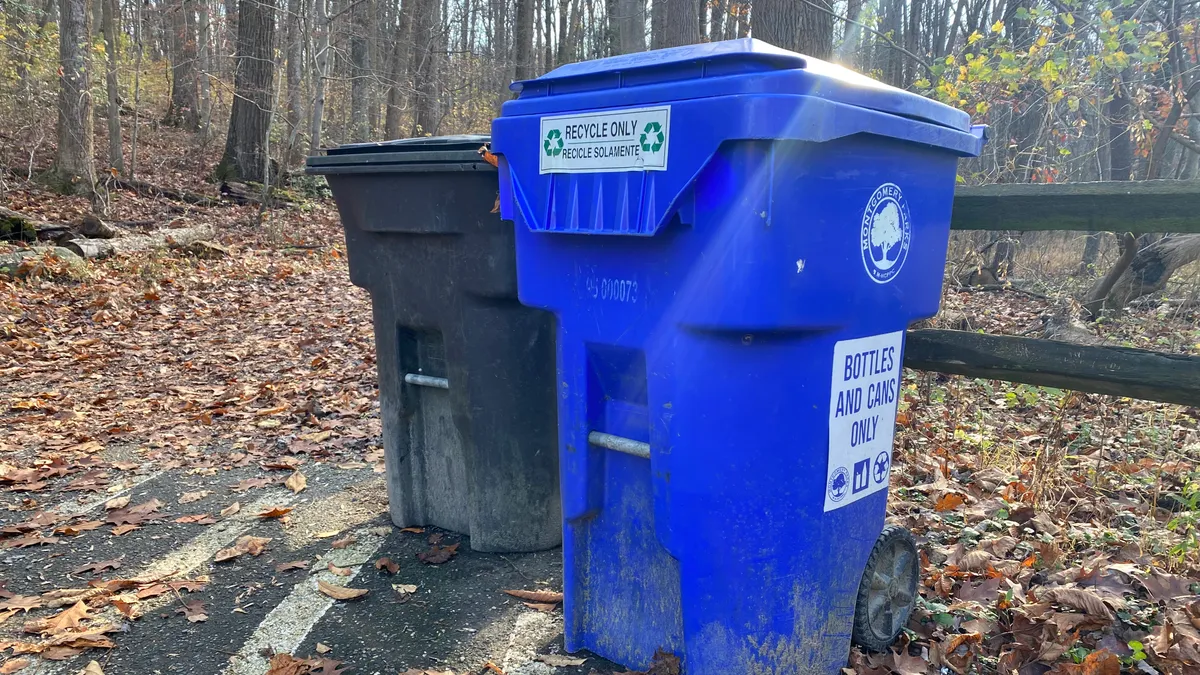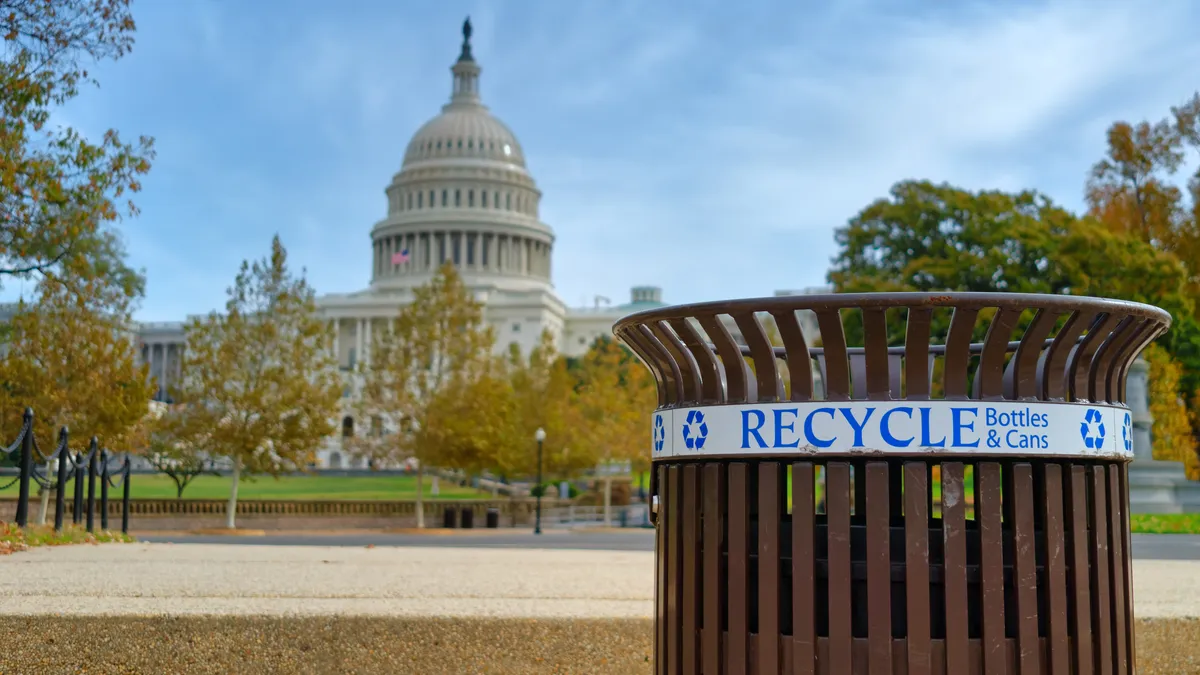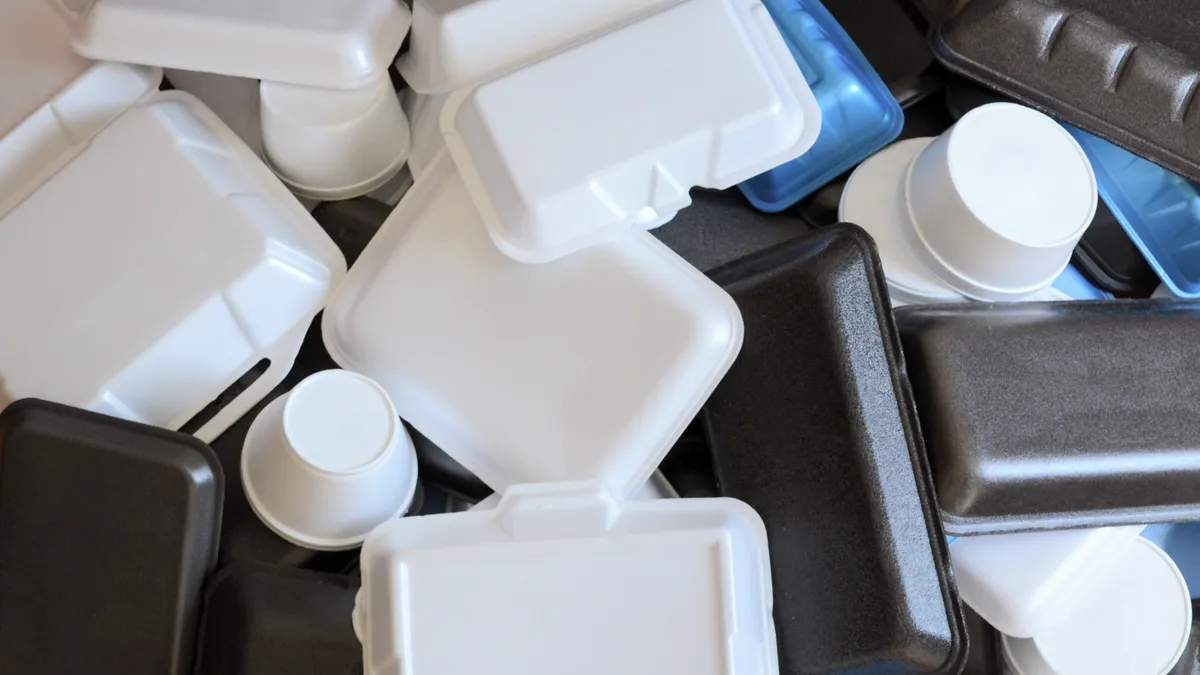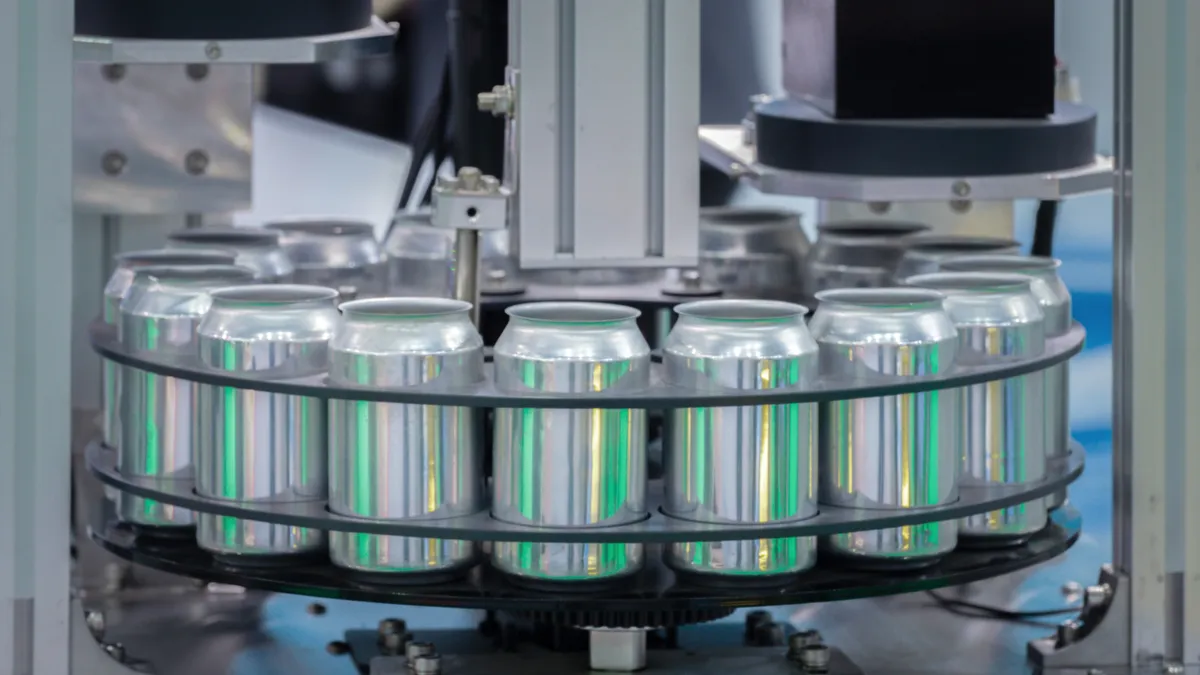Curbside recycling for flexible plastic packaging is feasible and end markets for the material exist, but achieving scale will require significant infrastructure investments — and likely legislation — according to the final report from the Materials Recovery for the Future (MRFF) project.
While numerous MRFs negatively sort FPP and ship it to landfills to clean up the paper stream, this project aimed to harness the FPP stream for environmental and economic gains.
Sustainability and recycling consulting firm RRS compiled the report, which offers conclusions and recommendations gleaned from the two-year MRFF project that ended in December 2022. Resin producers, brand owners, packaging manufacturers and recyclers supported the collaborative effort to research the feasibility of upgrading a commercial MRF with optical sorters to separate curbside FPP from fiber. The J.P. Mascaro & Sons MRF that received the upgrades accepted material from select Pennsylvania communities during the pilot and diverted more than 2.7 million pounds of FPP from landfill.
The research team concluded that the pilot project commercialized FPP recycling and more communities will add the service as additional MRFs invest in optical sorters and accept the material. Recommendations include for MRFs to forge feedstock agreements with end-market players, for MRFs to invest in advanced technology to sort FPP, for governments to advance extended producer responsibility legislation and for partners to invest in more collection infrastructure such as residential carts.
The report confirms that FPP collected at the curbside can be effectively processed while also noting economic barriers to including it in commingled recycling programs. EPR is considered a key element to overcome such barriers and push FPP recycling past the current pilot projects and into common practice.
“Recycling, like anything else, has to be financially viable. ... Without that return on investment, nobody’s going to do it themselves,” said Alison Keane, president and CEO at the Flexible Packaging Association, which provided financial and other support for the research project. Certain types of EPR programs could enable more of these upgraded MRFs across the country, “meaning that we would have some sustainable financing and funding for current mechanical recycling facilities to be able to accept flexible films and and process them and then find end markets for them.”
In addition to investments in processing infrastructure, the report notes a need for investments in collection infrastructure like lidded carts. Not all communities currently have access to such carts, but they are fundamental to ensuring FPP is captured and doesn’t blow away, which often occurs with open collection bins. Funding cart purchases presents another case for EPR driving change.
“Can municipal governments do it today? Yes. But again, it always comes down to who's going to pay for it,” Keane said. “Right now, there's not a big appetite for raising taxes to continue to pay for recycling, particularly if there is no end market. ... But if people are going to mandate that we have PCR content, then we'll have to collect it and get it back into the system.”
Federal guidance would be ideal, sources say, but it is not likely in the near term.
“A focus on state legislation appears to be the most practical and expedient approach to EPR at this time,” Susan Graff, principal and vice president of global corporate sustainability for RRS, said via email. “Ultimately, a baseline federal program would be more effective as long as it set the floor and not the ceiling, meaning that states could be more ambitious if they so choose.”
But compliance with different bills in different states presents challenges for national or global packaging producers.
“That's pretty difficult to comply with,” Keane said. “We're packaging manufacturers, so we aren't the brands that will be part of the producers’ responsible organization. But we're making the packaging that the producers want and that needs to comply with laws — whether it be reduction laws or reuse laws or postconsumer recycled content laws.”
RRS whittled down the initial list of more than a dozen end market opportunities and identified roof cover board manufacturing as the primary end market for FPP feedstock. The material also can be used in plastic pallets and serve as a resin aggregate in concrete. Other opportunities include wall board and film-to-film recycling, but those will take time to reach fruition because further testing is necessary.
While this project focused solely on the feasibility of employing mechanical methods to recycle curbside FPP, other practices are emerging as possibilities for the future, according to Keane. Successfully boosting FPP’s circularity will require considering an entire spectrum of possibilities, including chemical recycling, she said.
“Even with advanced chemical recycling, there's more than one solution. There's gasification, there's pyrolysis, there's probably innovation that we haven't even thought of yet,” Keane said. “There’s got to be more than one methodology, depending on the end market. But it all needs investment.”
Continuing to innovate and improve systems is important, she said, because flexible plastic packaging isn’t going anywhere, thanks to its product preservation benefits over other substrates.
“But you’ve got to figure out that last step, how to get all the packaging that's used today — and even packaging that we haven't innovated yet — get that all easily back into the recycling stream,” Keane said. “The Holy Grail is putting it all in that curbside bucket and getting it separated correctly so it gets reprocessed.”






















